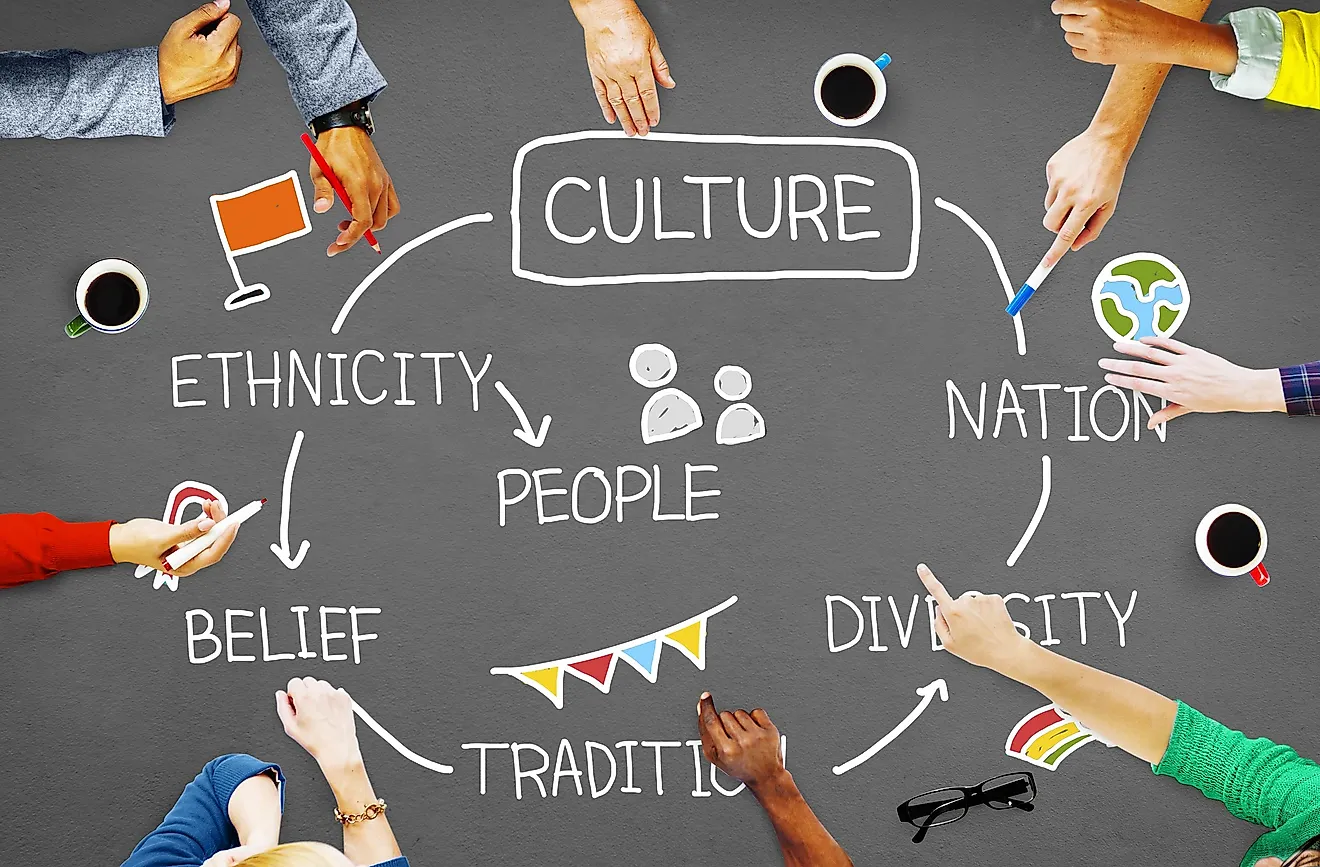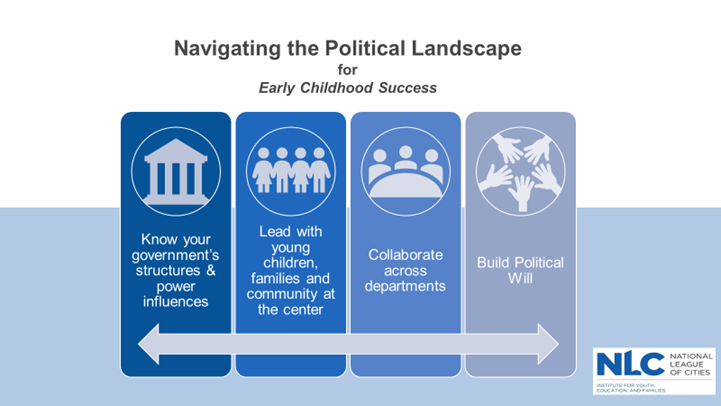Navigating the Landscape: Understanding First Nations Terminology
Navigating the Landscape: Understanding First Nations Terminology

In a world increasingly focused on inclusivity and respect, understanding the nuances of language becomes paramount. This is particularly true when discussing Indigenous peoples, whose identities and histories are deeply intertwined with their unique terminology. This article aims to provide a comprehensive guide to navigating the terminology surrounding First Nations peoples in North America, fostering a deeper understanding and promoting respectful communication.
Beyond "Native American": A Spectrum of Identities
Related Articles: Navigating the Landscape: Understanding First Nations Terminology
- The Mystery Of Blue Eyes In Native Americans: Genetics, History, And Cultural Significance
- The Agua Caliente Band Of Cahuilla Indians: A Tribe Thriving On Innovation And Tradition
- The Mystery Of Blue Eyes In India: Unraveling A Genetic Tapestry
- The Wealthy Tapestry: Exploring The Richest Native American Tribes In The United States
- The Top 10 Richest Tribes In The World: A Glimpse Into Wealth And Tradition
The term "Native American" is often used as a broad umbrella term for Indigenous peoples in the United States. While it holds historical significance, it’s important to acknowledge that it can be considered outdated and overly generalizing. It fails to recognize the distinct cultures, languages, and histories of the many diverse tribes and nations that inhabit the continent.
First Nations: A Canadian Perspective
In Canada, the term "First Nations" is used to refer to Indigenous peoples who are not Métis or Inuit. It acknowledges their status as the original inhabitants of the land and their distinct treaty rights and self-governance. However, it’s crucial to remember that "First Nations" is a collective term, encompassing a wide range of nations with their own unique identities and languages.
Tribal Nations: A Focus on Sovereignty
The term "Tribal Nation" emphasizes the inherent sovereignty of Indigenous peoples. It reflects their status as distinct political entities with inherent rights to self-determination and governance. This terminology acknowledges the complex legal and political landscape surrounding Indigenous rights and self-government, promoting a more nuanced understanding of their relationship with the state.
Indigenous: A Universal Term
"Indigenous" is a broader term that encompasses all original peoples of a particular region or country. It emphasizes the shared experience of colonization and its ongoing impacts on Indigenous communities worldwide. This term is widely used in international contexts and promotes a sense of solidarity among Indigenous peoples across the globe.
Beyond the Labels: Understanding Specific Tribes and Nations

While these general terms provide a framework for understanding Indigenous identities, it’s crucial to go beyond labels and learn about the specific tribes and nations that make up the diverse landscape of First Nations peoples.
-
Specific Tribal Names: Each tribe or nation has its own unique name, often rooted in their language and culture. It’s essential to use these specific names when referring to them, demonstrating respect for their distinct identities. For example, instead of using "Native American," be specific and use "Cherokee Nation" or "Lakota Nation."
-
Language and Culture: Indigenous languages and cultures are intricately woven into their identities. Using the correct language and acknowledging the cultural significance of specific terms is crucial for respectful communication. For example, using the term "Powwow" instead of "Indian Dance" acknowledges the cultural significance of this traditional gathering.
-
Historical Context: Understanding the historical context of specific tribes and nations is crucial for comprehending their present realities. Acknowledging the impact of colonization, forced assimilation, and treaty violations is essential for fostering a deeper understanding and promoting reconciliation.

Terminology to Avoid
Certain terms and phrases are considered offensive and perpetuate harmful stereotypes. It’s important to avoid using them:
-
"Indian" and "Redskin": These terms are considered derogatory and offensive. They stem from colonial perspectives and have no place in respectful discourse.
-
"Tribe" as a General Term: While "tribe" can be used to refer to specific Indigenous groups, using it as a general term can be reductive and dismissive of their distinct identities.
-
"Primitive" or "Savage": These terms perpetuate harmful stereotypes and reinforce colonial narratives.
Moving Forward: Building Respectful Communication
Navigating the complex landscape of First Nations terminology requires constant learning and a commitment to respectful communication.
-
Consult with Indigenous Communities: When in doubt, consult with Indigenous communities or organizations to ensure you are using the most accurate and respectful terminology.
-
Seek Out Educational Resources: There are numerous resources available online and in libraries that provide information on Indigenous languages, cultures, and histories.
-
Listen and Learn: Actively listen to the voices of Indigenous peoples and engage in respectful dialogue to gain a deeper understanding of their perspectives.
FAQ: First Nations Peoples Terminology
Q: Why is it important to use the correct terminology when referring to First Nations peoples?
A: Using the correct terminology is a matter of respect and accuracy. It acknowledges the diverse identities and histories of First Nations peoples and avoids perpetuating harmful stereotypes.
Q: How can I learn more about specific tribes and nations?
A: Consult with Indigenous organizations, research online resources, and seek out educational materials that provide information on specific tribes and nations.
Q: What are some ways to promote respectful communication when discussing Indigenous issues?
A: Use accurate and respectful terminology, listen to the voices of Indigenous peoples, and engage in open and honest dialogue about their experiences and perspectives.
Q: What are some resources for learning more about Indigenous cultures and histories?
A: Numerous online resources, libraries, and museums offer information on Indigenous cultures and histories. Consult with Indigenous organizations for recommendations and support.
Conclusion
Understanding and using the correct terminology when referring to First Nations peoples is essential for fostering a respectful and inclusive society. By embracing a nuanced understanding of their identities and histories, we can move towards a future where Indigenous voices are heard, their cultures are celebrated, and their rights are respected.

Closure
Thus, we hope this article has provided valuable insights into Navigating the Landscape: Understanding First Nations Terminology. We appreciate your attention to our article. See you in our next article!



